
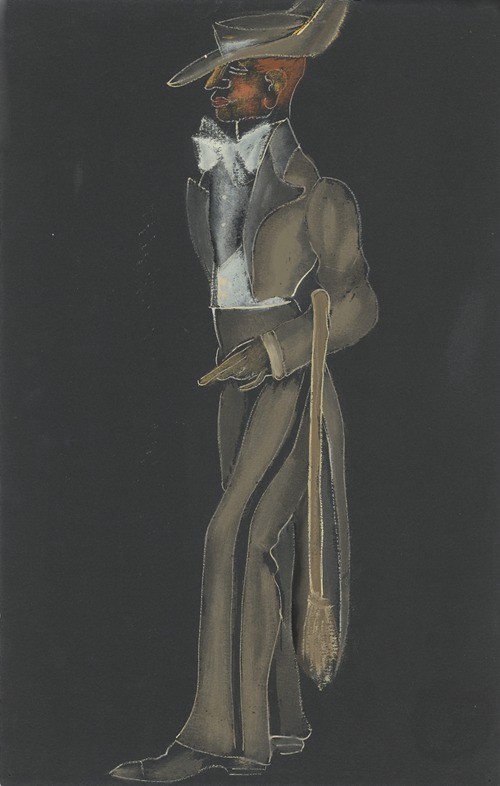
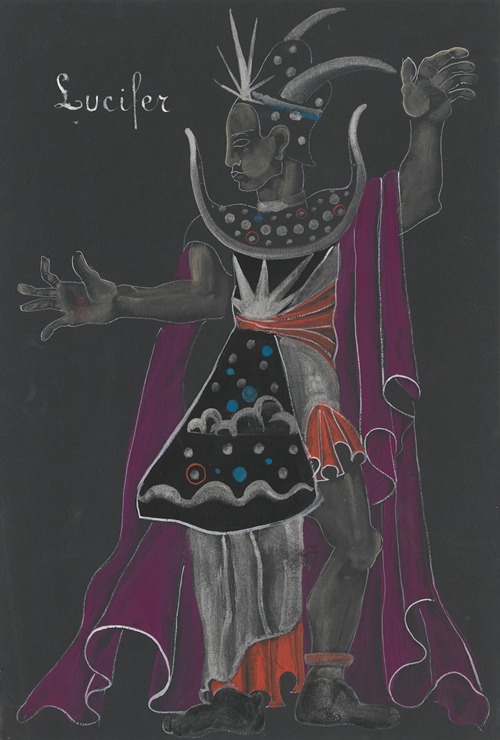
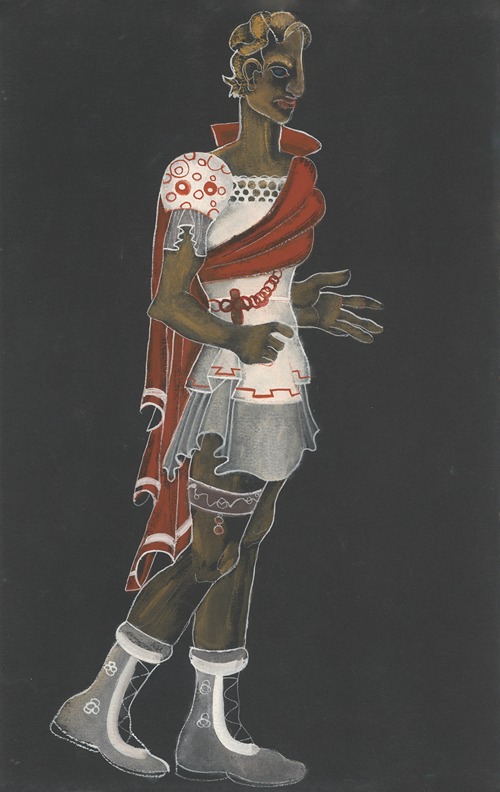
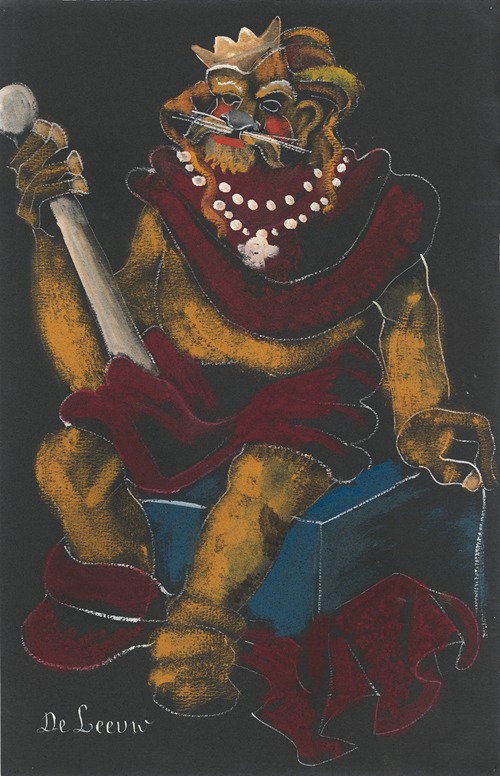
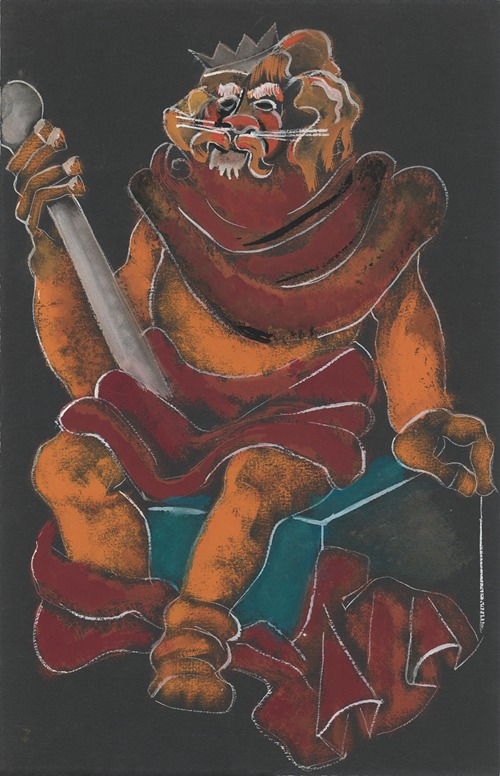
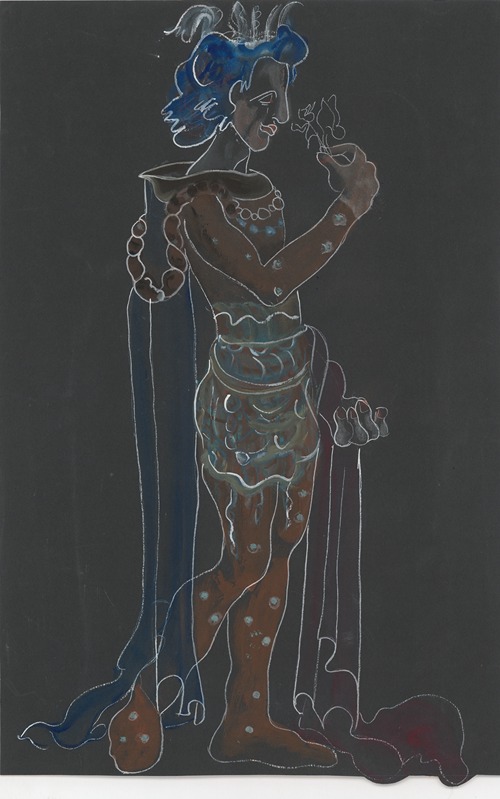
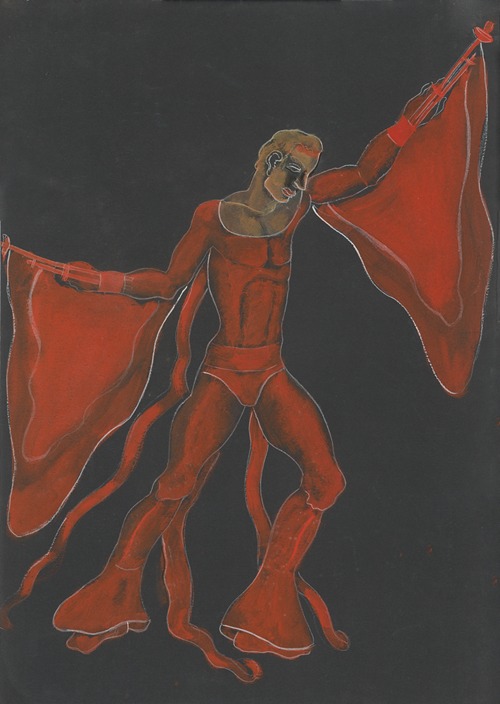
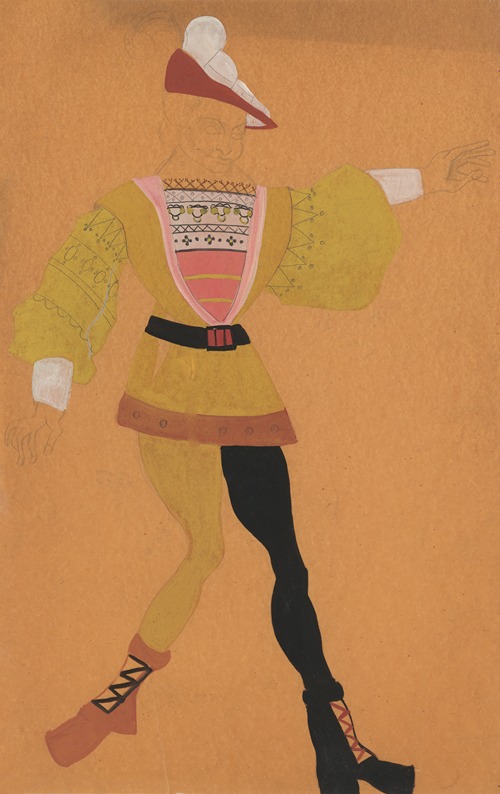
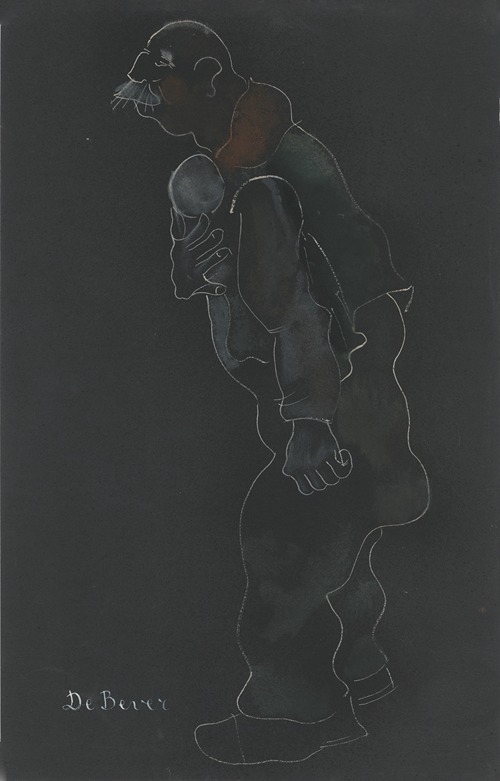
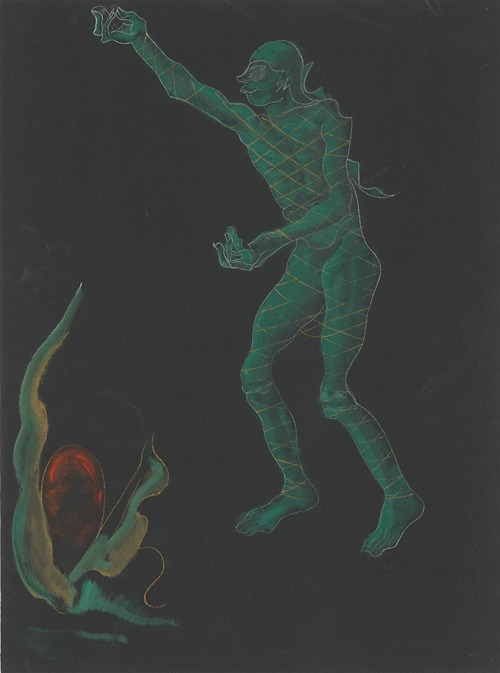
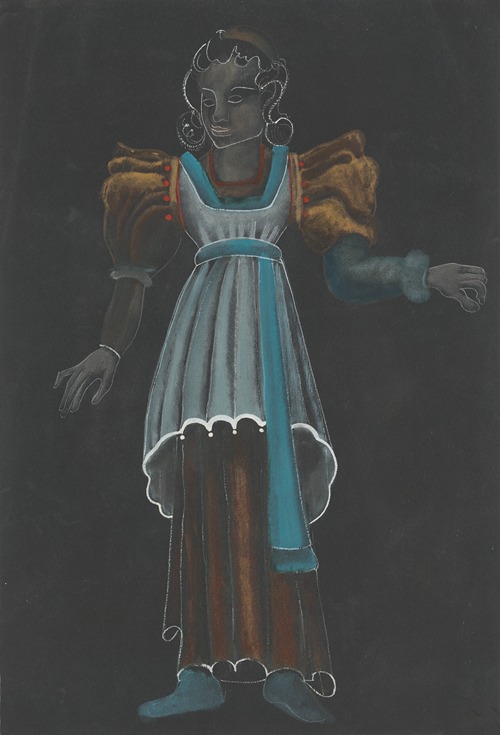
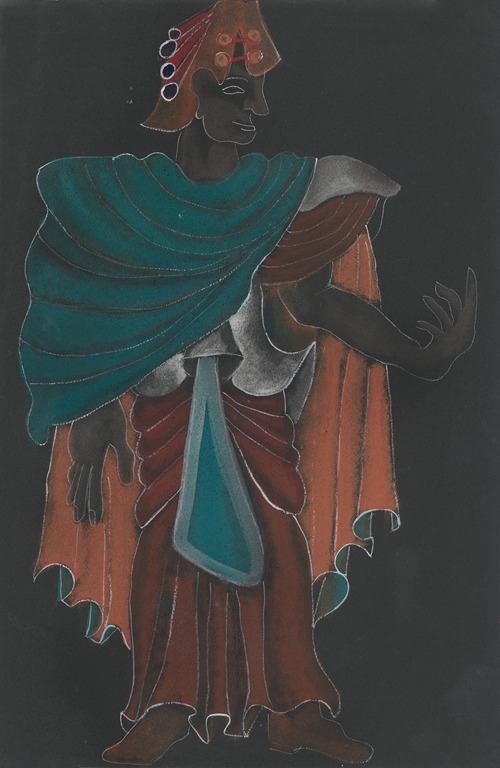
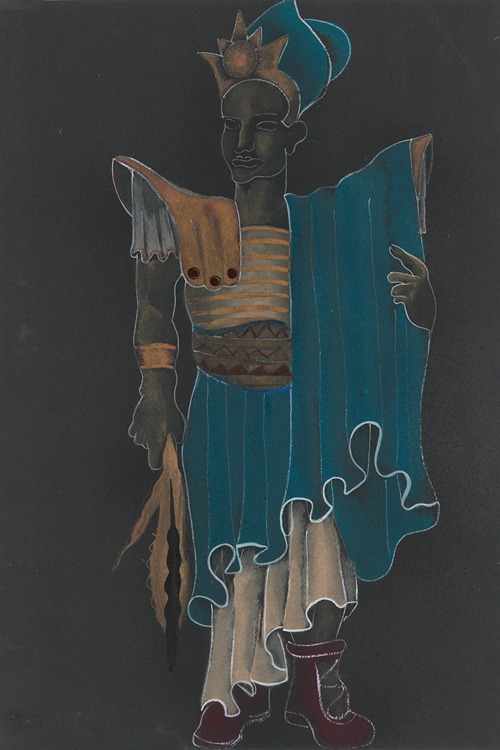
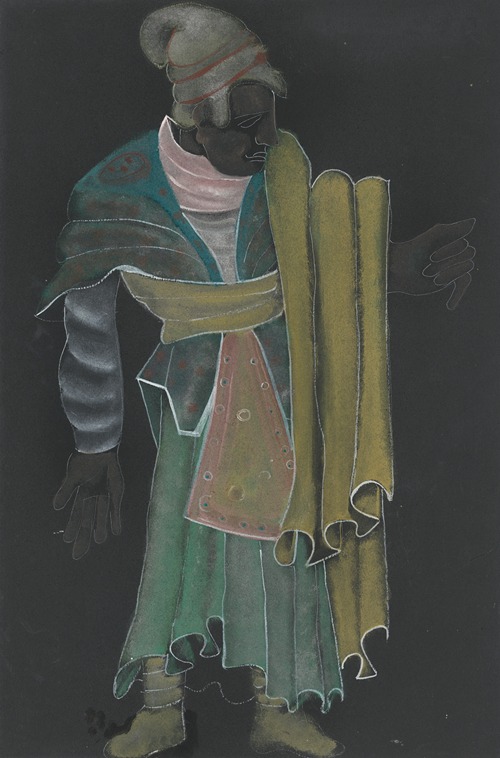
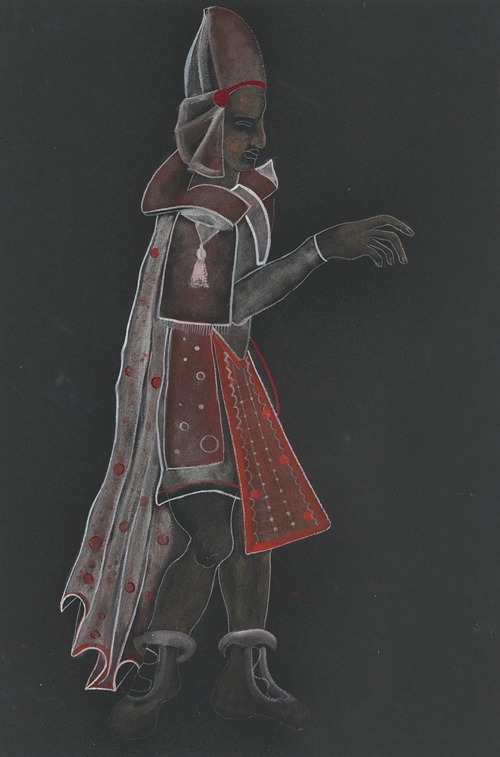
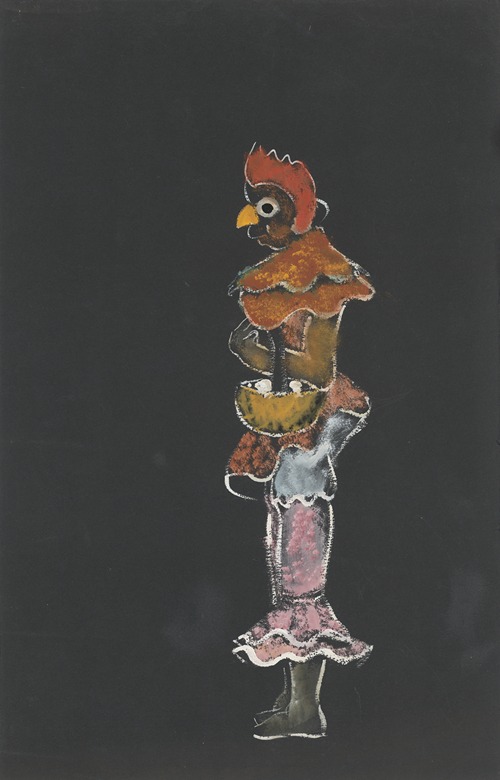

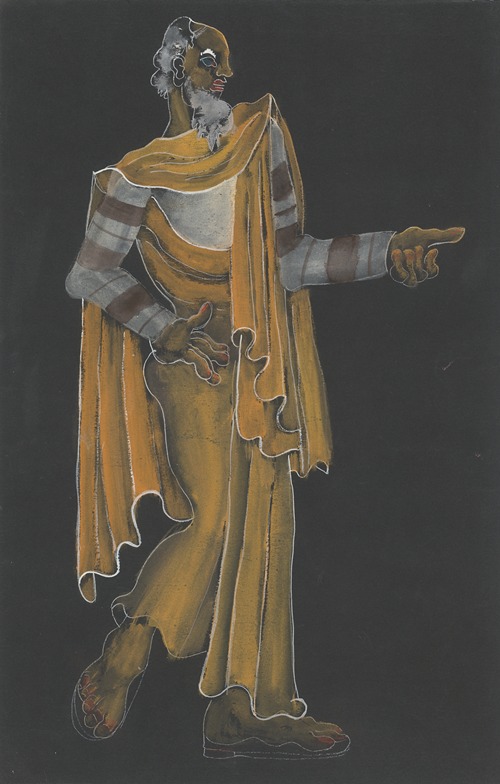
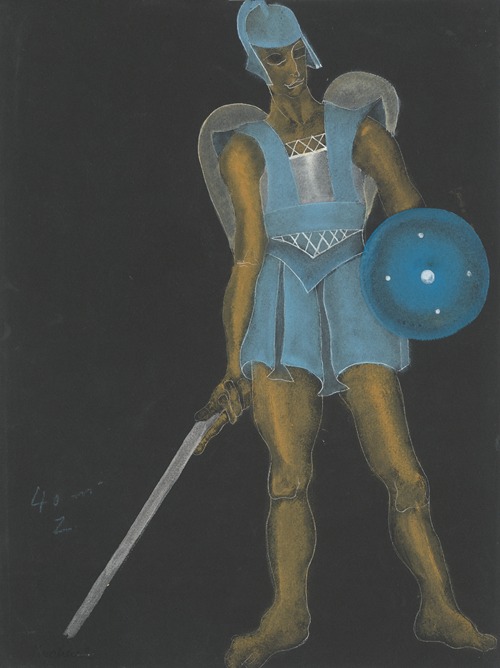
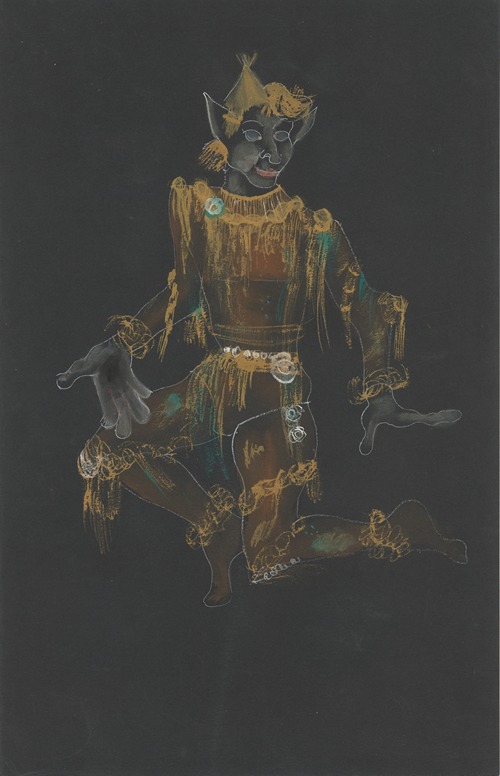
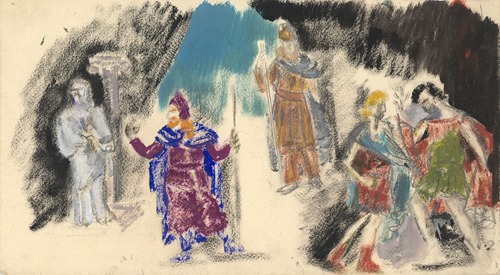
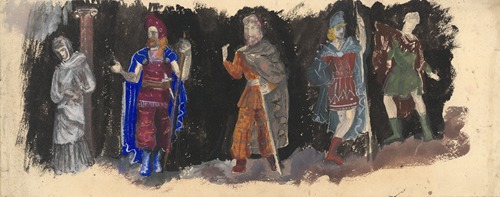
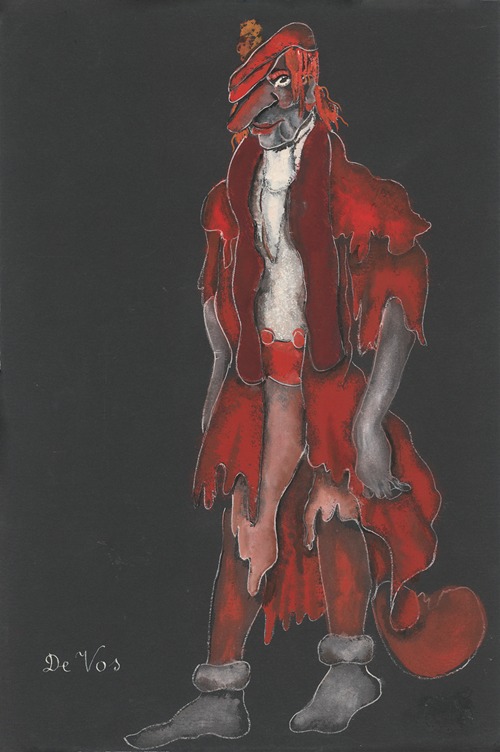
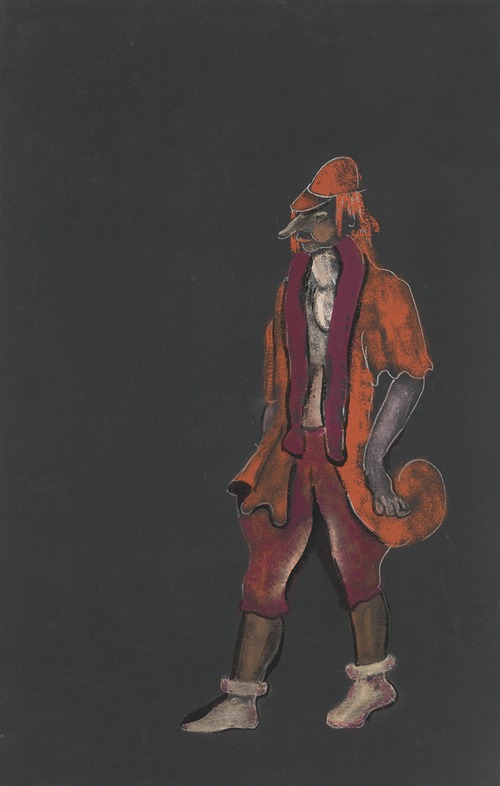
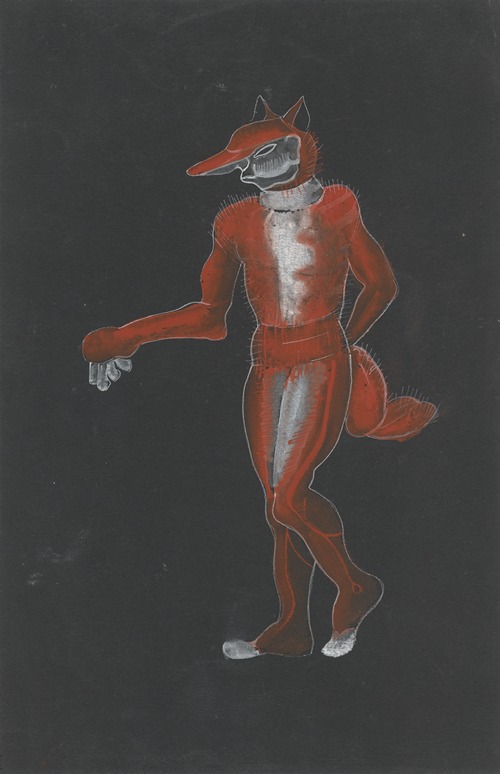
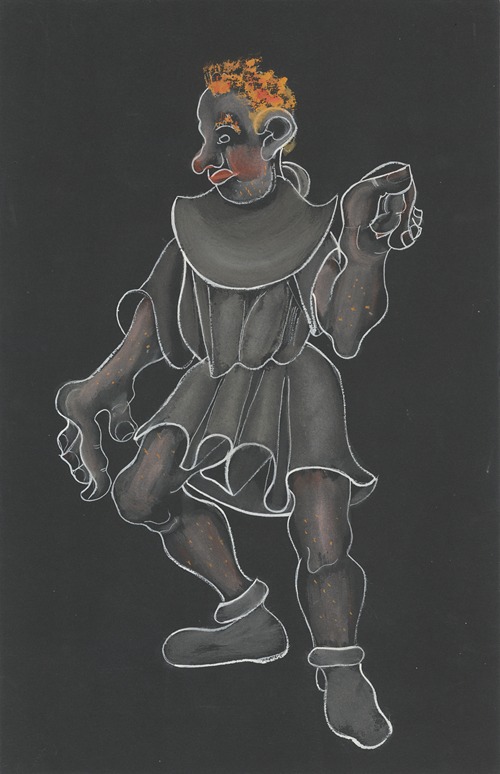
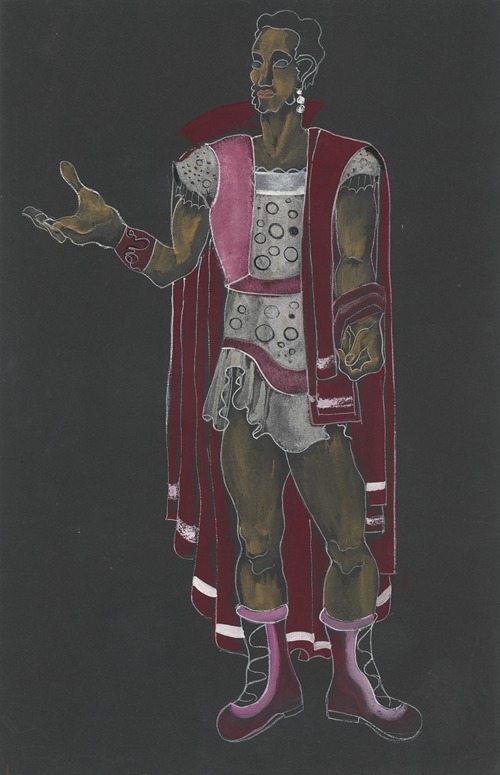
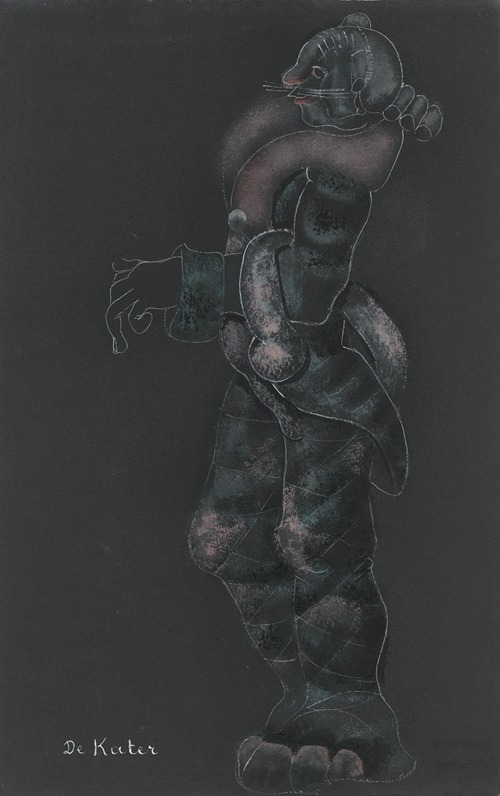
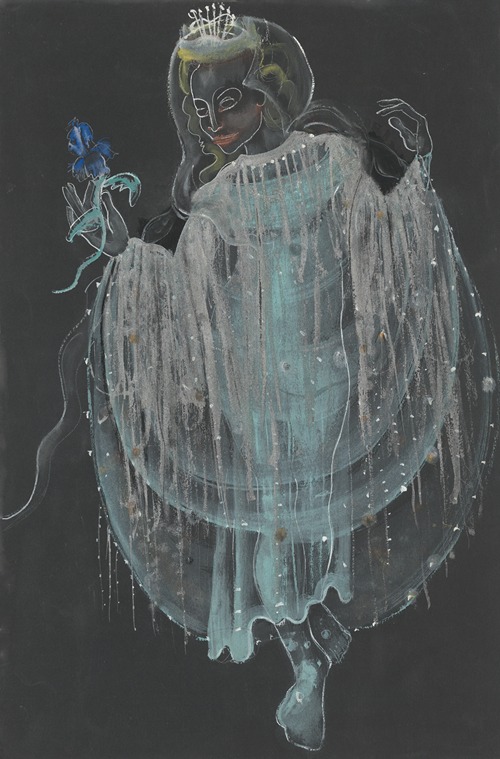


Lon Landau was a painter, director, and set designer at the Royal Dutch Theater in Antwerp. He died in the Bergen-Belsen concentration camp in 1945.
Lon Landau was the son of Wolff Landau and Amalie Springer (who died in August 1946). He obtained Belgian nationality on November 26, 1926. He did his military service in 1936 as a soldier in the II Battalion, 4th Battery, 2nd Artillery Regiment.
Landau worked with, among others, director and actor Johan de Meester junior at the Vlaamsche Volkstooneel in Brussels and with the composer of Jewish descent Daan Sternefeld, who, unlike Landau, managed to escape deportation during the occupation. Landau was considered the favorite student of (playwright) Herman Teirlinck.
In the 1930s, Landau was active in the avant-garde group ‘111’. Jan Brouwers, Angèle Delen, Jet Naessens, Luc Philips, Martha de Wachter, and Cara van Wersch were also associated with this group. Group ‘111’ rehearsed in an attic room above a coal merchant's shop in an alley on Kroonstraat in Borgerhout. In those years, the group practiced the genre of ‘speech choir’ with great idealism and few resources. These speech choirs are considered an early form of ‘multidisciplinary theater’.
Landau spent some time in Palestine, but returned to Europe with malaria.
Landau, himself a Jew, was involved in the Belgian premiere on January 8, 1938, of the play De Zachte Keel (The Soft Throat), which had first premiered in Germany, but which, after hundreds of performances, was shut down at the behest of the authorities because of playwright Felix Timmermans' former collaboration with the Jew Eduard Veterman, although this was not explicitly stated as the reason at the time.
He lived in Berchem, at 34 Lode Van Berckenlaan, from 1929 to 1940.
During the occupation of Belgium by Nazi Germany, he lived at 1 Aurorastraat in Brussels and, between 1941 and 1943, at 109 Waversesteenweg in Ixelles.
As a Flemish Jew and because of his activities in the communist resistance, he was finally arrested on January 22, 1943. He ended up in the Mechelen Kazerne Dossin de Saint-Georges (SS-Sammellager für Juden). This had been set up by the German occupiers as a collection and transit camp. He was registered as a ‘B’, a Belgian citizen who, thanks to his nationality, was initially allowed to remain in Belgium and would therefore not be deported. Landau was enlisted to entertain the prisoners. He became one of the three ‘official’ painters. The camp commander allowed a puppet theater to be set up in the camp for the Jewish children. Landau made the puppets.
In the camp, he confided in another prisoner: ‘When I die one day, they will write on my gravestone, here lies the nose of Lon Landau; a metre below lies its owner’. On April 4, 1944, he was put on convoy XXIV/17 to Auschwitz. He took part in the death march from Auschwitz to Mauthausen. He was registered in that camp on January 28, 1945. We find his trail again on February 3, 1945, in Neuengamme, where he was evacuated from Gusen, a Kommando of Mauthausen. He did not survive the camps. He narrowly escaped the liberation of the Bergen-Belsen concentration camp on April 15, 1945, where he had ended up (in Block 12), but died of typhoid fever, contracted while working as a volunteer aid worker.
The Royal Academy of Fine Arts in Antwerp (Artesis Hogeschool) has named the prize for Theater Costume, one of the graduation prizes that can be won in the internal competitions there, after Lon Landau.





























